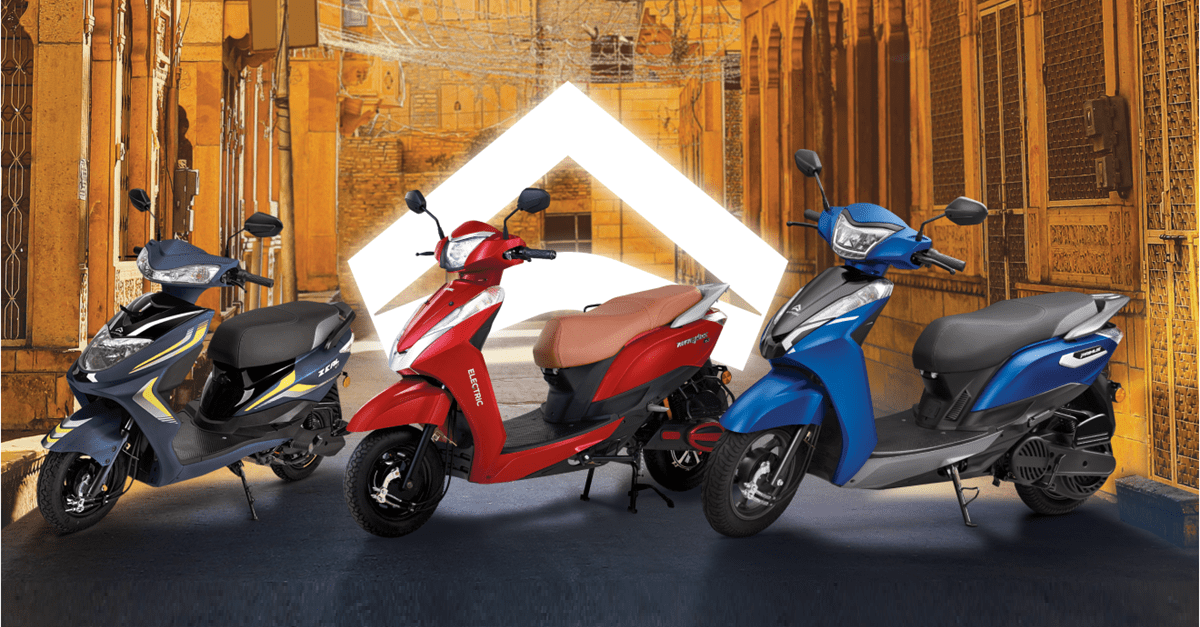

/
December 30, 2020
/
#
Min Read
Timing is Everything - 5G and Automotive OTA
With connected mobility and transportation-as-a-service, OEMs face numerous complex and critical decisions for future success. First, OEMs need to properly prioritize opportunities, make a decision that everyone will actually follow and then align on executing along a relatively aligned development and go to market process. Agreeing and executing is tough, but making the right bets is also critical to this highly competitive business. There are two safe bets for every OEM that require little debate: aggressively adding embedded 5G connectivity for every vehicle, and the ability to remotely update software to every ECU in the vehicle with an OTA platform.
Building a robust connected vehicle and OTA delivery platform is complex. Many have stumbled their way into their current offering. Updating an ECU like the Telematics Unit and/or the Infotainment System is not the same as delivering a full vehicle update. Complexities around business cases, challenges with organization structure, and a complex supply chain would require a book to fully describe the pitfalls and various attempts to fix the problems OEMs have faced not being able to realize the full value of the connected vehicle. The good news is that there is an opportunity to slide into the future with the convergence of 5G and the advances one California start-up has made helping OEMs deliver OTA updates to the whole vehicle and simplifying the complexities of software configuration management.
As vehicles become increasingly defined by software, over the air software updates will become a must-have standard. The cost savings can add up to billions of dollars saved and just as importantly is customer expectations. Think about how quickly the cell phone industry has increasingly employed on over the air updates over the last 15 years; imagine buying a cell phone or a computer and having to go to the store to get a critical software update.
Tiers of 5G
While some OEMs have even used 2G technology for software updates, 4G has proven to be a decent solution for OEMs. However, there are still many stumbling blocks companies have faced with 4G that show up when metrics on success rate and completion rates are examined. In this post I will explain why now the convergence of OTA and 5G and the OEMs that aggressively implement both will be the winners at reducing overall costs and exceeding customer expectations. Now is not the time to be left behind and wonder what happened to my business.
The 5G capabilities that will have impact on the automotive industry can be categorized broadly into three areas of 5G mmWave, 5G Low Band Cellular, and 5G PC5 or CV2X.
5GmmWave is known as the ultra wide band capabilities, with data rates exceeding 1 gigabit per second. Today, with 4G, updating an infotainment system can take at least 10 minutes. With 5G mmWave Band, there is potential to perform a full infotainment system update in less than 10 seconds. This time difference is critical, because delivering an update to a vehicle with a 12-volt battery while it is not running can deplete the battery. The average trip in a car is 12 minutes; if updates have to be limited to when the vehicle is running in order to preserve battery consumption, the window to complete updates becomes much smaller. With 5G, this entire issue becomes obsolete if updates can be completed in 10 seconds.
5G Low Band Cellular is the traditional cellular band that operates below 5.9 gigahertz, where there is network slicing to accommodate IOT, priority access, and mobile broadband service. This is applicable at a vehicle assembly plant, where often 10,000 or more vehicles may be required to be updated, especially during a vehicle launch. The ability to increase capacity through lower latency and concurrency can be delivered today with the separation of control plane and user plane data. Additionally, with network slicing, updates can be managed by the criticality of the update.
5G PC5 enables device to device communication, and is often referred to generically within automotive applications as CV2X technology. 5G PC5 is a major driver of ADAS innovation, but can be applied beyond that to connected vehicles as well. For ADAS systems, 5G can improve the vehicle’s awareness of the surrounding environment. If the data from a vehicle can be shared locally, there is less need for expensive perception systems. For example, if we’re able to share the speed at which the vehicle is traveling at, or if the turn signal is on, that information could be shared to other vehicles to improve efficiency. In the context of connected vehicles, 5G PC5 gives an opportunity to significantly reduce transport costs and customize OTA updates based on local conditions.
As network capability increases, and true enablers are added to vehicles, we will not only have more access to insights into how vehicles are performing, but also will be able to provide the vehicle with new software updates to improve performance. The integration of OTA powered by 5G has the potential to accelerate innovation at a faster rate, save costs, and improve features even after the vehicle has been sold.
At Sibros, we are focused on supporting OEMs with two important technology solutions: Software remotely delivered to every ECU through an OTA delivery system, and deep vehicle data logging. 5G connectivity has become enabled for industries in the past few years due to increased infrastructure and adoption. Now, 5G has the ability to enable automotive over-the-air (or OTA) updates and data logging, and create new opportunities for OEMs and the overall automotive ecosystem.






-min.png)



